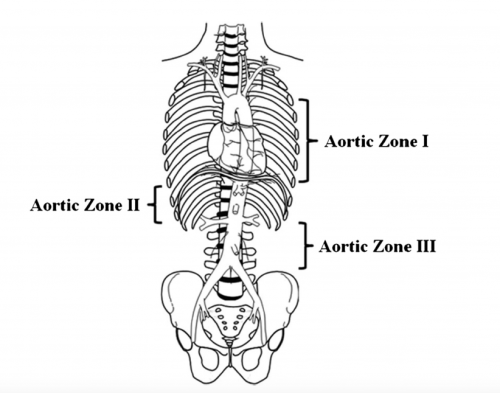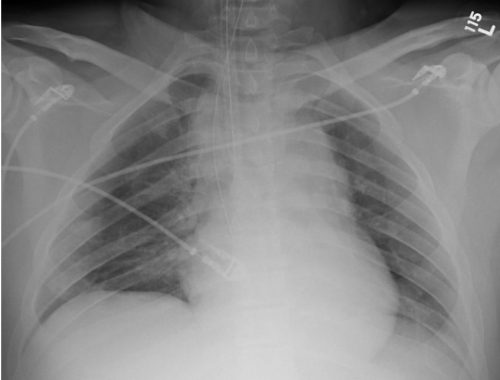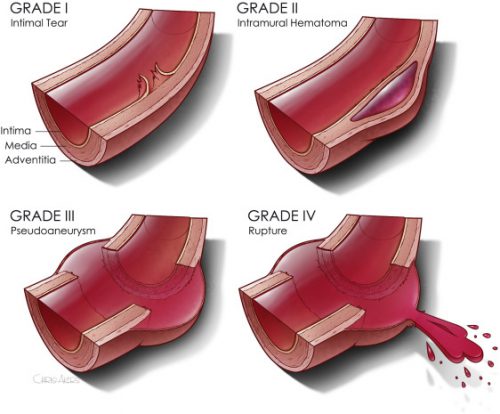This is a follow-on post from one published last week (gut microbiome changes in rats due to trauma). Click here to read it.
One of the newest frontiers in health-related research recognizes the importance of the human microbiome. This term describes the collection of all genomes from the microorganisms found in a particular environment, such as in, on, or around a human. The term microbiota refers to the specific bacteria, viruses, and fungi that colonize the areas within this environment.
Within the last decade or so, we have just begun to appreciate the importance of the microorganisms that live within us. From a purely numerical standpoint, there are 10 times as many of them as there are our own human cells. However, since they are so small in comparison, we can’t really appreciate the huge number of “other” cells in and on us.
These tiny cohabitants provide many, many functions that are important to our health and well-being. They protect us from pathogenic organisms, help digest our food, fine-tune our immune system, and synthesize proteins, amino acids, and vitamins that are essential to our health. And much more!
The usual microbiota can be disrupted by disease, poor diet, stress, and even a single dose of antibiotics. With each new research paper, we recognize new functions for and disruptors of our microbiota.
The surgery groups at two San Antonio hospitals, UT Health and the US Army Institute of Surgical Research, recognize the importance of the gut microbiota, building upon prior work demonstrating changes within it in the presence of trauma and burn injury.
The authors performed a prospective, observational cohort study of severely injured patients over a two-year period. They attempted to characterize differences in the microbiota between trauma patients and to identify changes in these communities over time.
A rectal swab was obtained from each patient shortly after admission and the microbial DNA present was identified. This was repeated regularly throughout the hospital stay.
Here are the factoids:
- 72 patients and 13 healthy controls were enrolled
- Patients were severely injured with a mean ISS of 21; an average of 6 units of blood products were given in the first 24 hours
- Only one fourth of the injured patients had a microbiome similar to the healthy controls
- These 26% received significantly more blood products than the dissimilar patients (14 units vs 3)
- There were significant decreases in the numbers and ratios of normal gut bacteria and increases in the numbers of pathogenic bacteria. These changes increased with time in hospital
Bottom line: Yes, this is new and bizarre territory. It appears that shock, hypoxia, medications (and not just antibiotics), surgical intervention, and poor nutrition can adversely affect the microflora in our gut. Conversely, early transfusion seems to ameliorate this effect to some degree.
At this point in time, there is nothing you can do with this knowledge. Just be aware that everything you routinely do to your patients can change their microbiota, and this may in turn have unexpected effects on their health and recovery. I anticipate seeing many more papers like this one in the near future.
Reference: A prospective study in severely injured patients reveals an altered gut microbiome is associated with transfusion volume. J Trauma 86(4):573-582, 2019.



